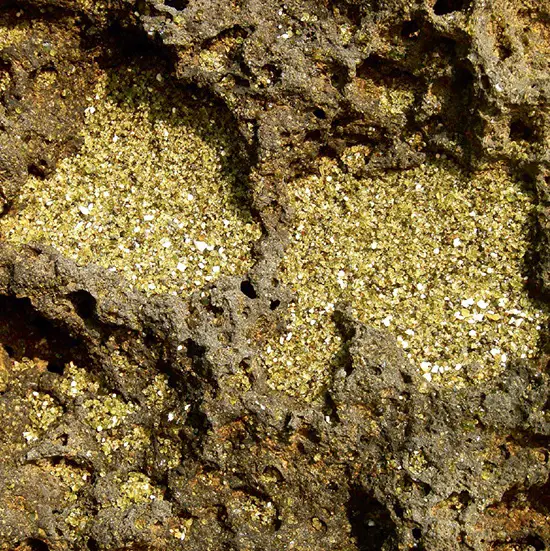Olivine, a magnesium-iron silicate mineral, is the most abundant mineral in the Earth’s mantle. Named in 1789 for its distinctive olive-green hue, olivine is a solid solution mineral, with its composition ranging from magnesium-rich forsterite to iron-rich fayalite. This versatile mineral is a fundamental component of the Earth’s mantle, making up approximately 85% of its volume.
Olivine exhibits polymorphism, meaning it has different crystalline structures under varying pressure conditions, a feature that geophysicists use to study the mantle’s structure by analyzing seismic wave velocities. Although most prevalent in the mantle, olivine can also be found on the Earth’s surface, particularly in areas with volcanic activity. However, it’s prone to weathering, transforming rapidly into clay minerals and iron oxides upon exposure to water.
Beyond Earth, olivine has been discovered in lunar and Martian rocks, as well as in pallasite meteorites. These meteorites, rich in iron-nickel minerals, are believed to originate from the core-mantle boundaries of protoplanets destroyed in the early, tumultuous days of our solar system. As a key player in Earth’s geology and beyond, olivine not only gives us insights into the inner workings of our planet but also into the processes that shaped our solar system.

